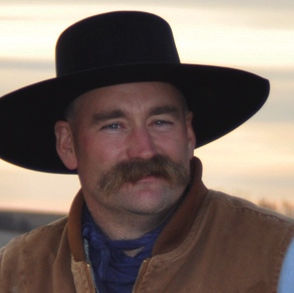I am appreciative that some news outlets finally want to address food production as a means of national security. An area of concern: 33 million poultry have died or been euthanized since Feb 1 in the United States.
In 2016, there was a very severe avian influenza outbreak and the U.S. Department of Agriculture reported that 50 million birds were put down or had died of the illness. It is interesting to note that the overwhelming majority of the birds killed were from commercial flocks. In the current situation, according to the USDA, the number of commercial flocks is only twice as high as the small flocks and wildlife.
In my opinion, the COVID experience has changed how we look at diseases across the board, but I would still love to have the discussion with people about how different the whole scenario seems to be this time around. It is worth noting that all experts agree there is zero impact on the safety of the chicken or turkey product when consumed if it is properly cooked to 160 degrees Fahrenheit.
The University of Minnesota has published the latest data (April 26) that gives us a good glimpse of the current impact:
“Five states, four of them in the Midwest, reported more highly pathogenic avian flu outbreaks in poultry flocks, as federal officials reported 94 more detections in wild birds from surveillance activities.
“Nationally, the outbreaks have hit poultry in 29 states and so far have led to the loss of more than 33 million birds, APHIS said.
“Meanwhile, surveillance in wild birds continues to turn up more highly pathogenic H5 positives, according to APHIS, which added reports of 95 more, raising the total to 857. Most are from the Midwest, including North Dakota, Minnesota, Wisconsin, South Dakota, and Illinois. However, a few detections were reported in other parts of the country, including New Hampshire, Ohio, and Montana.”
Now I have asked the Nebraska Department of Agriculture about the protocols that are put into place when birds get sick and I’m glad to share the response:
“The response to suspected High Pathogenic Avian Influenza (HPAI) cases are a cooperative effort between the poultry owner, NDA and the USDA. Most commonly the veterinarian for the poultry owner collects samples from birds using swabs. These samples are tested for HPAI first by the University of Nebraska lab and then by the USDA NVSL lab in Iowa.
“If HPAI is confirmed by the USDA NVSL lab, NDA works with the producer to depopulate and correctly dispose of the birds to prevent the further spread of the disease.
“Producers receive indemnification from the USDA for the loss of the birds. Additionally, NDA will establish a 6.2-mile surveillance zone (around backyard flocks) or a 6.2-mile control zone (around commercial flocks). Poultry flocks within those zones are requested to notify NDA immediately of any sick or dying birds. There may be additional requirements for commercial flocks within the 6.2-mile control zone.”
Why is so much of the global infrastructure for food and fuel being crippled at the same time? They tell us the birds need to be euthanized in order to prevent the spread and protect the concept that it may mutate and cross into the human species yet that has only reportedly happened to one person in the world, a 4-year-old child in China, a country that is difficult to trust on such matters.
For myself, I am sticking with what I know and reducing food production in the world is not a policy for better health, but instead is for greater power for a smaller population.
Editor’s note: The views expressed here are the author’s own and do not represent the views of High Plains Journal. Trent Loos is a sixth generation United States farmer, host of the daily radio show, Loos Tales, and founder of Faces of Agriculture, a non-profit organization putting the human element back into the production of food. Get more information at www.LoosTales.com, or email Trent at [email protected].

